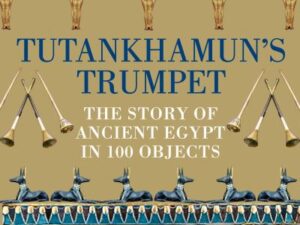Description
The Cyrus Cylinder is one of the most famous objects to have survived from the ancient world. Inscribed in Babylonian cuneiform on the orders of the Persian King Cyrus the Great (559-530BC) after he captured Babylon, it is often referred to as the first bill of human rights, as it appears to permit freedom of worship throughout the Persian Empire and to allow deported people to return to their homelands. It is a valued object by people all around the world as a symbol of tolerance and respect for different peoples and different faiths, which is why a copy of the cylinder is on display in the United Nations building in New York. This lavishly illustrated catalogue is published to complement the first ever tour of the object to the United States, along with sixteen other objects from the British Museum’s world-famous collection. Including a new authoritative translation of the Cyrus Cylinder by Irving Finkel, The Cyrus Cylinder and Ancient Persia offers a fascinating introduction into a period of great social and political change in the Ancient Near East.. ‘You could almost say that the Cyrus Cylinder is a history of the Middle East in one object and it is a link to a past which we all share and to a key moment in history that has shaped the world around us.’ – Neil MacGregor, Director of the British Museum




